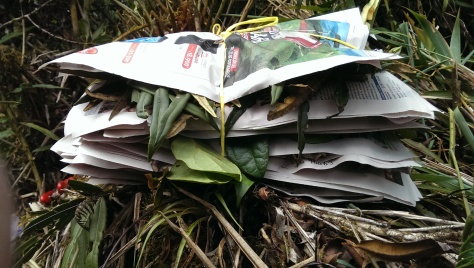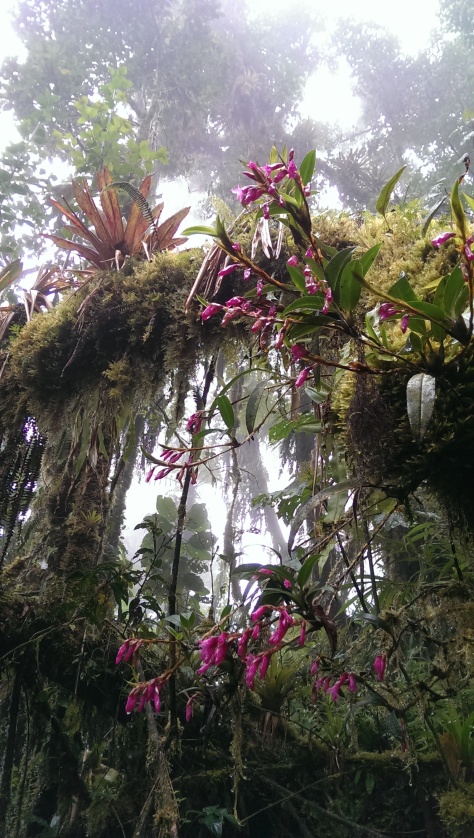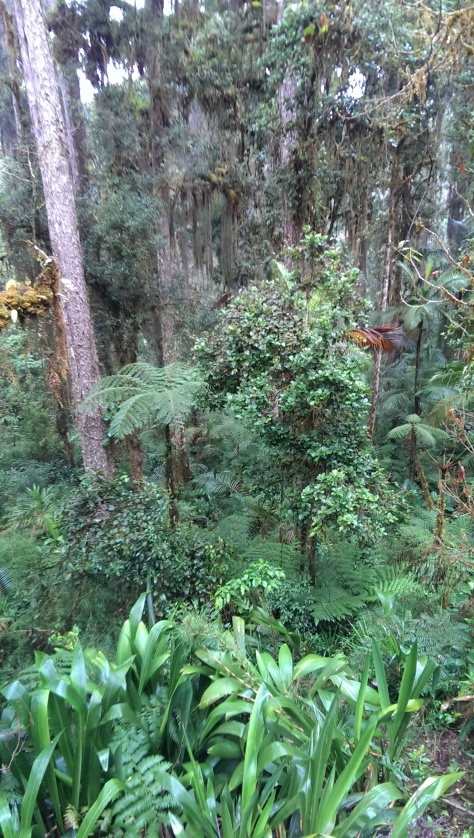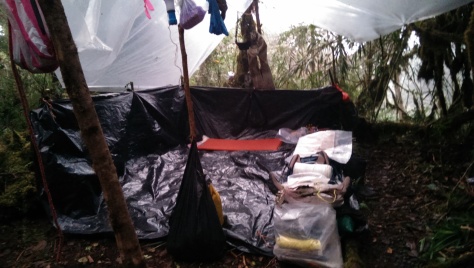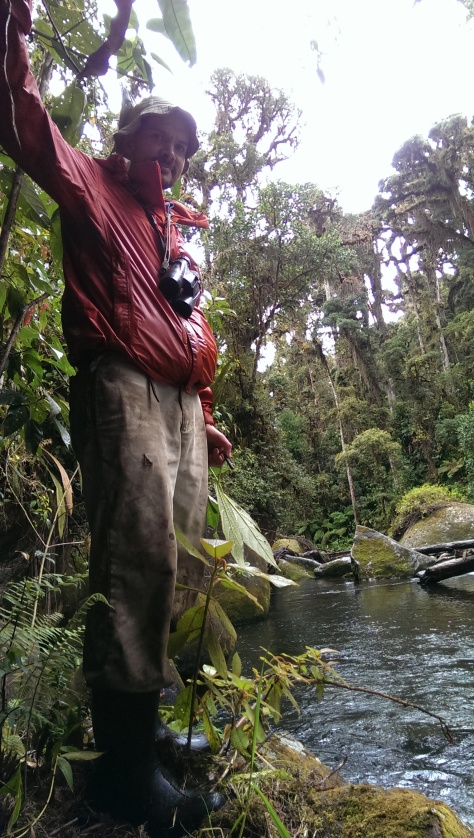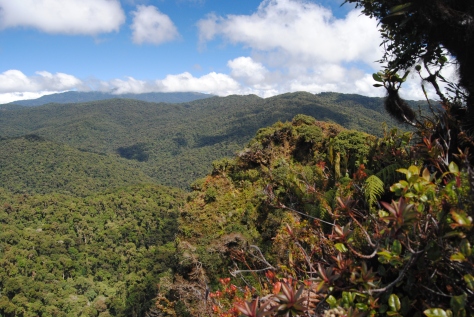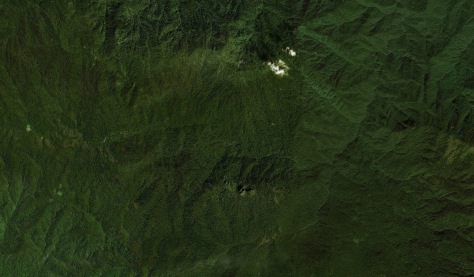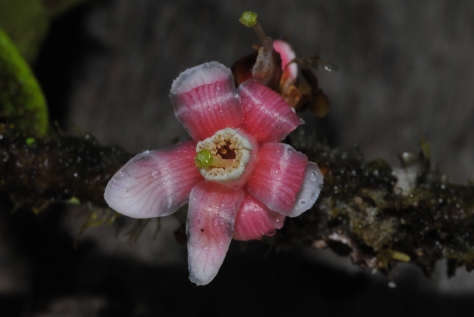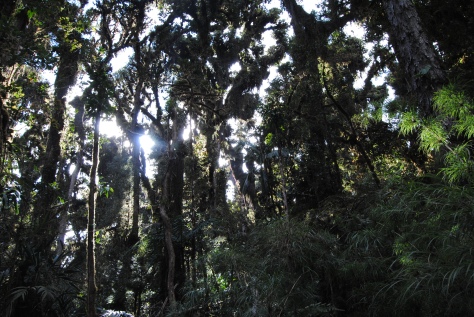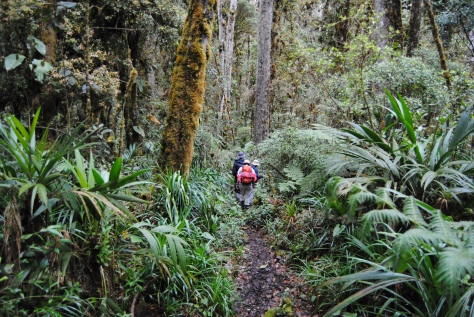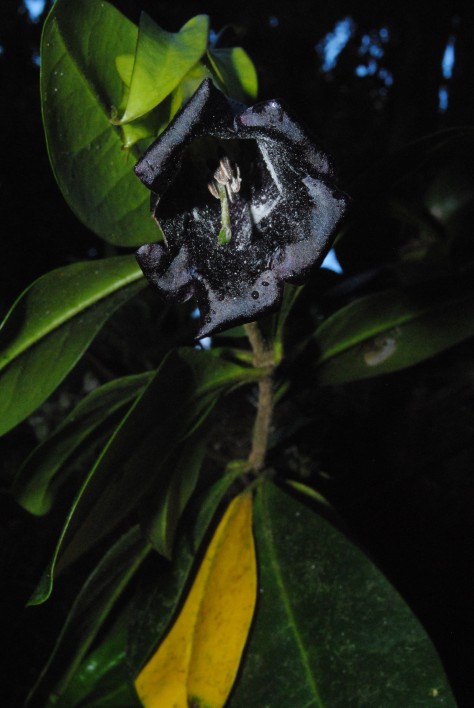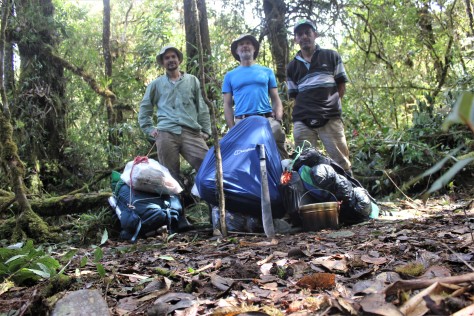
Exploring remote and little known parts of the world makes being a botanist a very exciting and rewarding job. The camping that comes with explorationt is also rewarding but comes with its share of challenges, which make you appreciate how divorced from nature we have become. A lot of my fieldwork has been in the La Amistad world heritage site, where the absence of roads, settlements and steep terrain mean that most of the park’s 4,000 km2 remain totally unexplored.
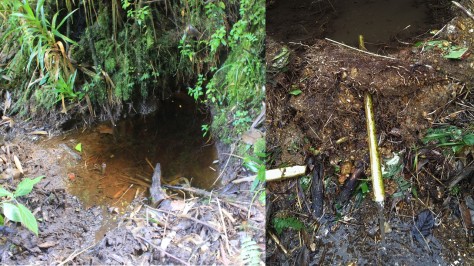
The biggest challenges are establishing routes, finding water and maintaining a supply line for food and specimens. We need water for drinking, cooking, and occasionally, washing. Given the high rainfall in wet tropical forests such as these it is probably surprising to think of water as being hard to find. The steep terrain and well developed root-mat, however, mean that much of the rain is absorbed or runs off very quickly and so we are often limited to where we can set up camp.
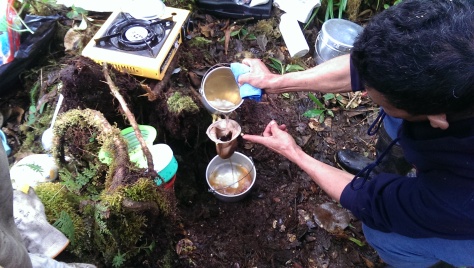
Although we have a GPS, maps for the area are not of sufficient resolution for us to orientate ourselves accurately beneath the canopy. We therefore rely on line-of-sight observations of sometimes quite distant landmarks, such as a hilltops or large rivers. We then have to guesstimate the best way to locate a ridge that will take us to where we need to go. It is much easier to follow ridges up and down, going from one to another where they intersect, than to hike into and then out of a series of treacherously steep valleys. Where we do need to cross a valley and river then it is important to choose the right place to cross. The dense forest and very slopes mean that you cannot see the river until very close. Choose the wrong place and you can find yourself at the top of a 20 m cliff overlooking an unpassable gorge. Our guide, Elio Altamirano, had an ingenious way for doing this. He would descend a ridge at an oblique angle until we could hear the river below, at this point he would guage that we were above a very steep gorge that was amplifying the sound upwards and so we would continue on until we could no longer hear the river, at this point we would head down at another oblique angle and continue like this until we were close enough to identify a good crossing point.
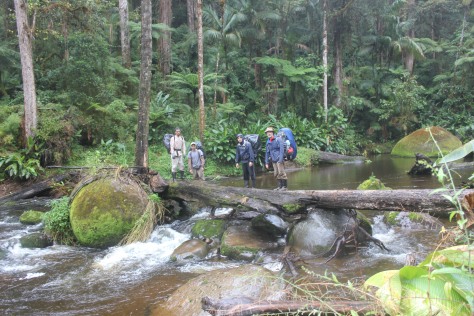
Collecting is a productive business. We average about 50 collections a day, each comprising five duplicates meaning we quickly accumulate bundles of specimens. Far more than we could carry out ourselves. Camping for two to three weeks also makes it impossible to bring in enough food for the duration. For both these reasons we need to establish a supply line between us and the outside world. To do so we hire local people as porters so that they can bring in food and newspaper and leave with bags of specimens.
